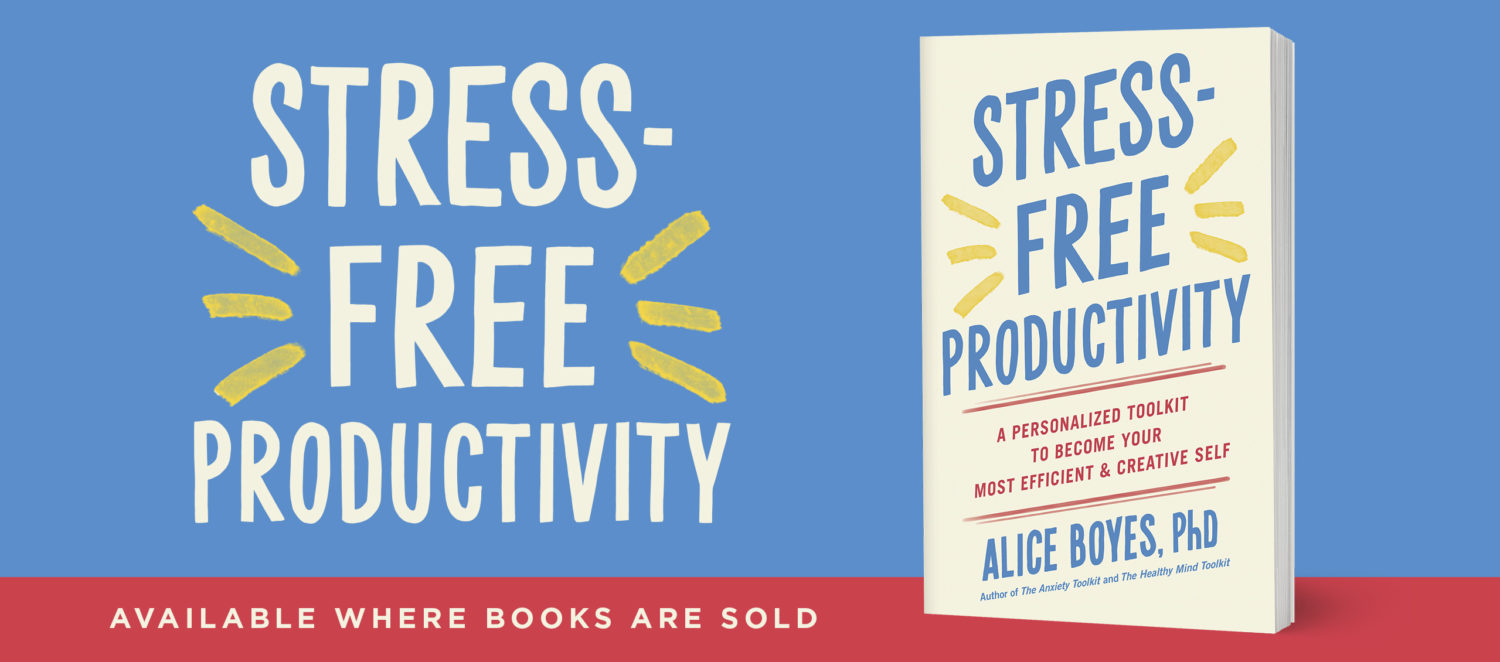Anxiety: An alternative to gritting your teeth and trying to block out your anxiety.
Sometimes clients with anxiety tell me that they don’t avoid things due to their anxiety, they just endure situations through gritted teeth.
That’s a tough way to roll, and despite how much effort it takes, that approach is probably not going to help you feel less anxious about encountering similar situations in the future. If it were going to work in helping you feel less anxious in the big picture, it would’ve worked already.
Here’s why that approach doesn’t work very well
– By gritting your teeth and trying to block out your anxiety, you’re giving yourself the implicit message that the situation/task you’re anxious about is a big hairy monster of a situation/task (rather than a situation/task that’s merely unpleasant, or in some cases potentially positive or neutral).
– You’re not likely to be particularly successful in blocking out your anxiety, so you’re also likely to end up feeling like a failure.
An alternative that on the surface probably doesn’t sound like a good idea
An alternative to *enduring* your way through anxiety provoking situations is to be WILLING to have the experience of whatever comes up in the situation you feel anxious about:
– whatever thoughts, feelings, physical sensations, and memories, the situation elicits.
Note: being willing is not the same as wanting!
For example, taking the approach of being willing to experience blushing if that’s what happens.
Or, being willing to experience a tight chest.
Or, being willing to stumble over your words if that’s what happens when you try to communicate your message.
Blushing, a tight chest, stumbling over your words, and even full on panic attack symptoms are unpleasant, but they’re not dangerous and they’re not the end of the world.
A maxim
There’s a maxim from Acceptance and Commitment Therapy that goes “If you aren’t willing to have it, you will. Applied to anxiety the maxim is: “If you aren’t willing to be anxious, you’ll be anxious”.
If you’re willing to be anxious, there’s a chance you’ll be less anxious.
Worth a try? Since being UNWILLING to be anxious hasn’t been working for you, being willing to be anxious might lead to you actually feeling less anxiety.
Developing Willingness is a Skill
Something you can try right now (30 second activity):
Try holding your breath for 30 seconds while following the instructions below. You can use this free “online stopwatch” to time it.
While you’re holding your breath practice WILLINGNESS to feel the sensations of tightness etc. Just notice your body sensations. If you have thoughts or emotions, just notice those too.
If you find yourself trying to block out your experiences, distract yourself OR reassure yourself (e.g. by telling yourself you’re ok), gently bring yourself back to just noticing your body sensations.
You might notice that your attention darts around e.g. first you notice tightness in your chest and then you notice an impulse to take your hand away from you nose.
This exercise is just meant as an opportunity to practice willingness and experience what it’s like. Doing experiential exercises is often a far more powerful way to learn than just reading about a concept.
If you’re not going to be trying to block out anxiety anymore, you’ll need some alternative skills for what to do with your anxieties, worries, and negative thoughts so that they no longer: overwhelm you, derail you from your goals, and get in the way of you having a good life.
Self help option: There are lots of practical exercises in this awesome book. Get Out of Your Mind and Into Your Life: The New Acceptance and Commitment Therapy
Working with a psychology PhD: find one who uses Acceptance and Commitment Therapy techniques and you can practice willingness exercises together (and other types of exercises) to build up your skills.
Did you try the breath holding exercise?
If not, go back and try it now.


